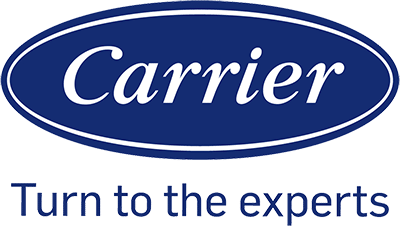Understanding HVAC Coil Contamination

Dirty coils can greatly impact the performance and efficiency of HVAC systems. Contaminants such as dirt, dust, and debris can reduce cooling effectiveness and lead to more frequent maintenance needs.
Impact of Dust and Debris on Coils
Dust and debris accumulate on HVAC coils over time, restricting airflow. This buildup can make the system work harder to cool or heat spaces, reducing its efficiency. When the coils are covered in dirt, the heat transfer process is hindered. The system may consume more energy, leading to higher utility bills. Regular cleaning is essential to keep the HVAC system running smoothly and effectively.
Consequences of a Dirty Evaporator Coil
A dirty evaporator coil can cause various issues in the cooling system. When dirt covers the evaporator coil, it hampers its ability to absorb heat, which can lead to poor cooling performance. This may result in longer run times, increased energy consumption, and potential damage to the system. In severe cases, it can cause the coil to freeze, leading to expensive repairs. Regular maintenance and cleaning of the evaporator coil are crucial to avoid these problems.
Dirty Condenser Coils: Effect on Heat Transfer
Dirty condenser coils can significantly affect the heat transfer process. When these coils are clogged with dirt and debris, they can’t effectively release heat to the outside. This causes the cooling system to work harder, reducing its overall efficiency. The strain on the system may shorten its lifespan and increase the need for repairs. Cleaning condenser coils helps maintain efficient heat transfer and extends the life of the HVAC system. Ensuring that these coils are free from contaminants is vital for consistent and reliable performance.
Signs and Symptoms of Dirty HVAC Coils

Dirty HVAC coils can greatly affect the performance of an air conditioning system, leading to issues such as reduced cooling efficiency, fluctuating temperatures, and higher energy bills.
Visual Indicators of Coil Contamination
Dirty evaporator coils and AC coils often show visual signs of contamination. Dirt, dust, and mold can accumulate on the coils, creating a grimy or dusty appearance. In severe cases, the coils may look greasy or have visible layers of debris. Regularly inspecting the coils for these signs can help detect problems early.
Cleaning dirty coils not only improves air quality but also prevents further damage to the system. Technicians recommend looking for these visual indicators during routine maintenance checks.
Airflow Reduction and Temperature Fluctuations
Dirty coils can lead to reduced airflow. This happens when dirt and debris block the coils, making it difficult for air to pass through. Users may notice that vents are blowing less air or that the air feels warmer than it should.
Because of this, the cooling efficiency of the system drops. Rooms may take longer to cool down or may never reach the desired temperature. This can make the living environment uncomfortable, especially during hot weather.
Higher Energy Bills and System Inefficiency
Dirty HVAC coils cause the system to work harder to achieve the same cooling effects. This increased energy consumption leads to higher energy bills. Over time, the inefficiency may strain the system, causing more frequent breakdowns and higher repair costs.
Keeping the HVAC system clean helps maintain its energy efficiency. Regular maintenance can drastically lower energy expenses and extend the life of the system. Monitoring energy bills for unusual spikes can be a good indicator of dirty coils.
Maintenance and Prevention Strategies
To ensure HVAC systems run smoothly, regular coil cleaning, professional maintenance, and steps to improve the system’s lifespan and air quality are crucial.
Regular Cleaning and Care for Coils
Routine maintenance involves keeping the coils clean. Dirty coils can reduce an AC unit’s efficiency and increase energy costs. It’s essential to:
- Clean the coils: This can be done using a soft brush or vacuum to remove dust and debris.
- Use appropriate cleaning agents: Avoid harsh chemicals that can damage the coils.
- Check coils regularly: At least twice a year, or more often in dusty environments.
These simple steps help maintain the unit’s efficiency and prolong its life.
Professional Maintenance and Timely Repairs
Hiring HVAC technicians for regular maintenance ensures that potential issues are identified early.
- Regular inspections: Professionals can check for signs of wear and tear or dirt buildup that might not be visible to the untrained eye.
- Timely repairs: Catching and addressing problems early prevents further damage.
- Scheduled servicing: Setting up a regular service schedule helps keep the system running efficiently.
Using professionals ensures that all components of the HVAC system, including the coils, are well-maintained and reliable.
Improving System Lifespan and Air Quality
Steps to extend the lifespan of the HVAC system also improve indoor air quality:
- Change air filters regularly: Dirty filters reduce air quality and strain the system.
- Keep the area around the unit clean: Ensuring there is no clutter or debris around the AC unit helps it function properly.
- Monitor humidity levels: Proper humidity control can prevent mold growth on the coils.
By following these strategies, the HVAC system will operate efficiently, providing better air quality and a longer lifespan.




